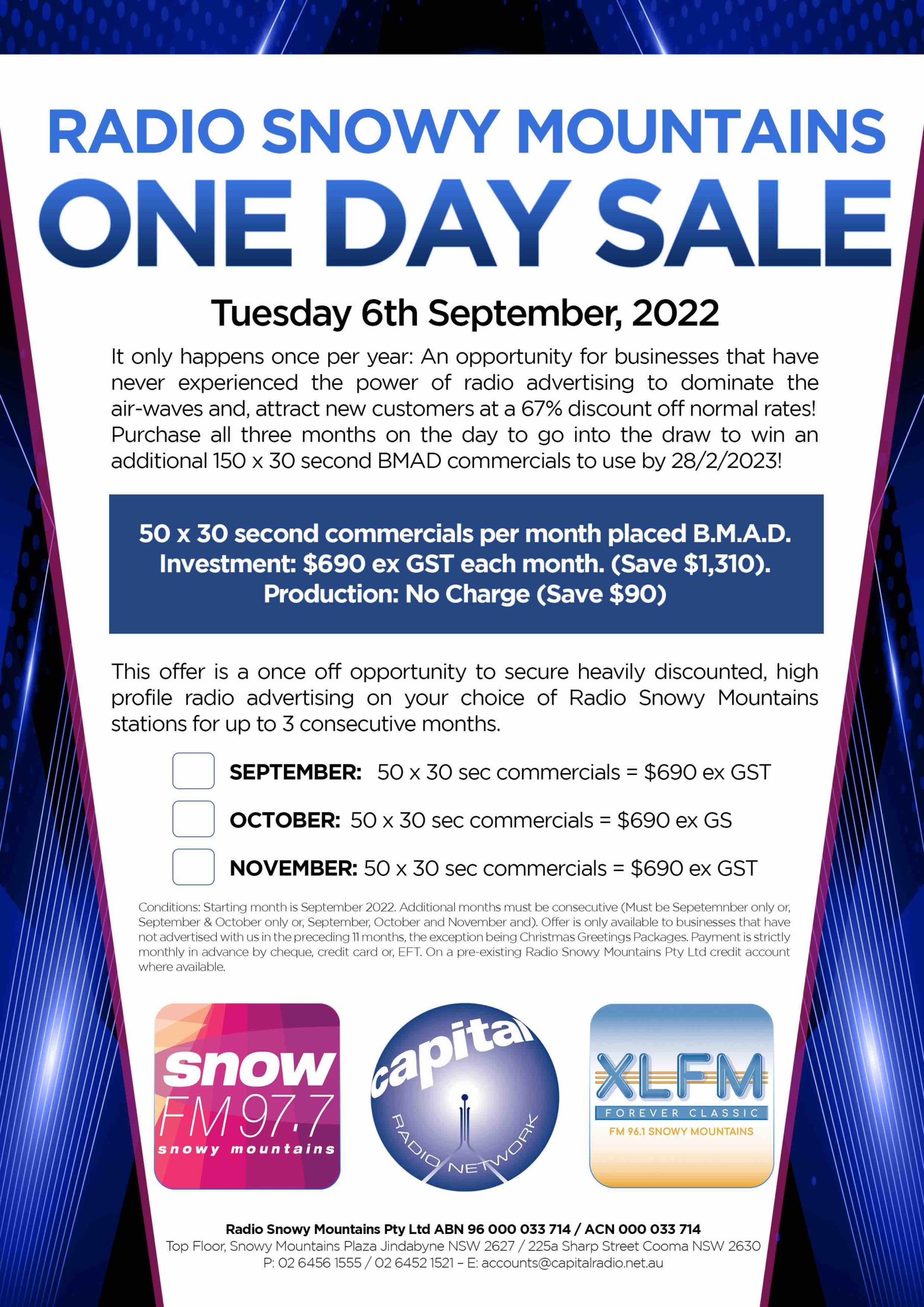
The top 2017 print ads show the most successful marketing campaigns, which have generated millions of hits. They are innovative and highly effective. These ads have all been created with a specific purpose, and they are not only fun to look at but also quite enlightening too.
These companies are using the best printed advertising tools to create fresh and innovative concepts that will make you smile, laugh, or cry. Some of these campaigns are controversial and have had a lasting impact.
Ogilvy, a world-famous agency for advertising, created one of the greatest print ads of all times. It is a clever campaign for allergy medicine and it shows a figure with a silhouette of common allergens blocking their nose. This is an example of how a simple scheme of colours can be used for advertising that is sure catch the attention.

IKEA created another great print advertisement. This ad mocked Apple’s iDealisk and promoted its own product. It's a very funny ad that will get people talking about it.
This ad is a great example of the creativity that print advertisements can bring to a company and make it stand out. This ad is both clever and funny. It's a great idea to use famous characters in these kinds of ads.
Marketing professionals are used to taking famous art pieces and turning them into ads in print. It's easy to find an artwork that can be used for an advertisement. Keloptic did just that. They have cleverly used Van Gough's self-portrait, which is known for its blurry colours and tones, to promote their glasses and encourage customers to improve their vision.
This print ad will appeal to beer fans. This ad uses salt particles for a glacial effect. This is a brilliant idea to get people to consider a particular product.

It's always important to remember that when it comes to creating a new print ad, you should try and avoid repetition of ideas. This is because your ad will be noticed and remembered for the right reasons.
Another great example of how to avoid repetition in print ad campaigns is by getting the concept right and letting it speak for itself. This is why some print ads are so memorable and clever.
Miami Ad School designed this clever campaign for a diet dogfood. The ad has the potential to make your mouth water at first glance and makes you think twice. The image makes it appear that you are looking at red meat in macro detail, but it actually contains peppers, beetroot, and radicchio.
FAQ
What is an advertiser buyer?
An advertiser can buy advertising space in TV, radio, or print media.
An advertiser pays for the time they want their message to appear.
They don't necessarily want the best ad, but they are more interested in what is most effective at reaching their target audience.
An advertiser might have information specific to their potential customers such as age and gender, marital status or occupation, hobbies, interests, income, etc.
This data can be used by the advertiser to decide which media is most effective for them. They may decide that direct mail works better with older people.
Advertisers also check out the competition. Advertisers might place their ads near similar businesses if they see them.
Advertisers should also consider how much money they have available and how long it takes to use it.
What is an advertising campaign?
An advertisement campaign is a series containing advertisements to promote a product. It can also refer entirely to the production of such ads.
The Latin word for "to Sell" gives rise to the term "ad". Marcus Terentius Varro (116–27 BC) was the first person to use it. It meant "to sell".
Advertising campaigns are most often done by large agencies or businesses. There may be many media types involved, including print and television as well as radio, TV, and internet.
Advertising campaigns last several months and are usually focused on specific goals. Some campaigns are designed to increase awareness, while others aim to increase sales.
What is advertising's basic purpose?
Advertising is not just about selling products; it's also about creating an emotional connection between you and your customers.
Advertising is about communicating your ideas and values to people who already care about what you have to say. It's about changing people's attitudes. It's also about creating relationships.
It is all about making people feel good.
However, if your customers don't want what you have to offer, you won't be able to sell anything.
You must first get to know your customer before you can start advertising projects.
You can then design ads that resonate with them.
What is branding?
Your brand is the way you express who you are and what your stand for. It is how people will remember your name when they hear it.
Branding involves creating an identity that makes your company stand out. A brand is not just a logo but also includes everything from your physical appearance to the tone of voice used by employees.
Customers feel more confident buying from your company if they have a solid brand. They know what they're getting. They also feel more confident choosing your products than those from competitors.
Apple is a great example of a brand-named company. Apple is a globally recognized brand because of its beautiful design, high-quality product lines, and friendly customer service.
Apple's name is synonymous with technology. Apple is the brand people think of whenever they see a smartphone or computer.
It is a good idea to create a brand prior to starting a new company. This will give your business a personality and face.
What are the basics of print advertising?
Print advertising is an effective medium for communicating with consumers. Print advertising is used by many companies to promote their products and services. The key objective is to capture the attention of the consumer.
Print ads are typically short (1 page) and usually include text, photos, logos, or other graphics. You may also find sound, animation, video and hyperlinks.
The following categories are the most common types of print advertisements:
1. Brochures are large-format printed materials that are designed to draw people into shops. They are often filled with colorful images and catchy designs.
2. Catalogues - These are smaller versions of brochures. These are often sent to customers who have asked for information on particular items.
3. Flyers - These small pieces of paper are distributed at events like fairs and concerts. These flyers are usually free, but they must be purchased if given to retail outlets.
4. Flyers are also available in posters. They are often displayed on walls, fences, or buildings. They are usually created using computer software programs designed to catch passersby's attention.
5. Direct mail: These are postcards or letters that are sent directly by post to potential customers. These cards are sent by companies periodically to remind their customers about their company.
6. Newspaper Ads - These are placed in newspapers and magazines. These are typically quite long and often contain text as well images.
What are the basics of radio advertising?
Understanding the interactions between different media is essential. The most important thing to remember is that all forms of media are complementary rather than competitive.
Radio advertising can be extended to television. It complements TV by reinforcing key messages and providing additional information.
Radio listeners are often not able to handle long TV commercials. Radio ads tend to be shorter and more affordable.
What is the best way to learn about television advertising?
Television advertising is a powerful medium to reach many people at one time. It was also quite expensive. However, if you use it well, it can be incredibly powerful.
Although there are many types, TV ads share certain common characteristics. Planning any TV ad should start with ensuring it fits in its category. It is not a good idea to try and run a lifestyle TV commercial while running a product or service commercial. Your message should stay consistent throughout the campaign.
The second thing to remember is that the best time to air your ads is during prime-time hours. This is because viewers tend to watch TV while sitting down in front the television. You want them to be relaxed enough to focus on your words.
Last but not least, just because you have a lot of money does not mean that you will get great results. In fact, the opposite may be true. The University of California conducted a study that found commercials shown on popular programs were less likely than those on non-popular programs to sell products. So, if you spend a lot of money on TV advertising, ensure you do it right.
Statistics
- Advertising's projected distribution for 2017 was 40.4% on TV, 33.3% on digital, 9% on newspapers, 6.9% on magazines, 5.8% outdoor, and 4.3% on radio. (en.wikipedia.org)
- Worldwide spending on advertising in 2015 amounted to an estimated US$529.43 billion. (en.wikipedia.org)
- This means that at least 50% of an ad needs to be shown on the screen for at least one second. (quicksprout.com)
- It collects money from the advertisers, keeps 32% for its role in facilitating the process, and the remaining 68% goes to the publisher (you). (quicksprout.com)
External Links
How To
How do you place an ad on a billboard
While billboards are known to have been around since at least the late 1800s (and even earlier), they gained popularity during World War II. Many billboards include text advertising and others may also display photographs or artwork. Most billboards are static. However, others display messages that can change often, such as weather forecasts or stock prices.
The majority of billboards are outside displays. However, there are indoor versions. Outdoor billboards usually face traffic passing by them at least several times per day, while indoor ones may only be seen once every few years. Because it has three layers, the most common outdoor billboard type is the "cubic", which is made of two sheets glass sandwiched by a layer fiberglass mesh, This design allows air to circulate through the billboard, keeping it cool in hot weather and warm in cold weather.
Billboard Advertising Inc. owns many of North America’s largest billboard advertising agencies and pays advertisers to display their ads on its billboards. These companies then make space available on billboards for advertisers. These spaces are sold to advertisers depending on the amount they plan to spend on advertising. These advertisers often choose the best location for their ads depending on how many people they are likely to see.
In addition to selling ad space, Billboard Advertising Inc. has contracts with local governments to erect signs on city property. Some cities allow billboards in any area, while others have restrictions. For example, Chicago requires that billboards be no more than 1,000 feet from any highway. Other cities require that billboards be placed no closer than 500 feet from a school or church.
Billboard Advertising Inc. is a contract holder for the promotion of products and services throughout the United States. These include Florida, California Nevada, Texas Arizona New Mexico Colorado Washington Oregon Idaho Utah Wyoming Alaska Hawaii Canada Puerto Rico Guam Virgin Islands and American Samoa.